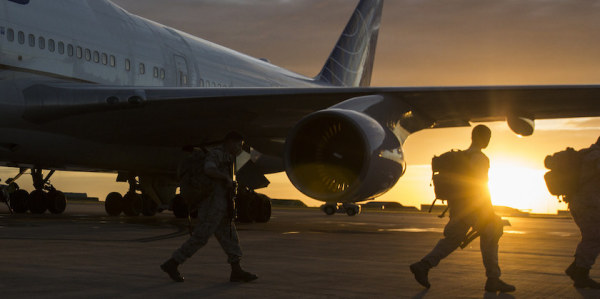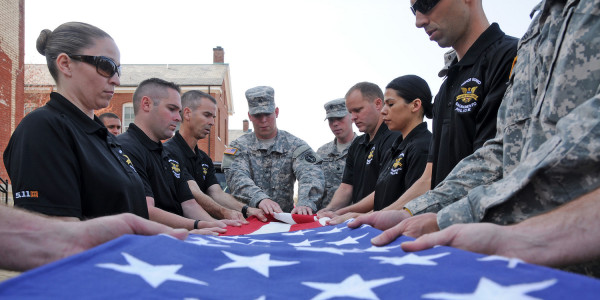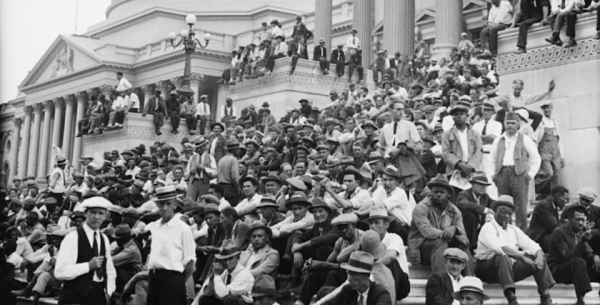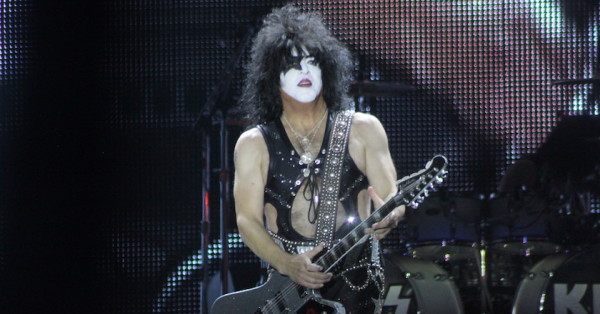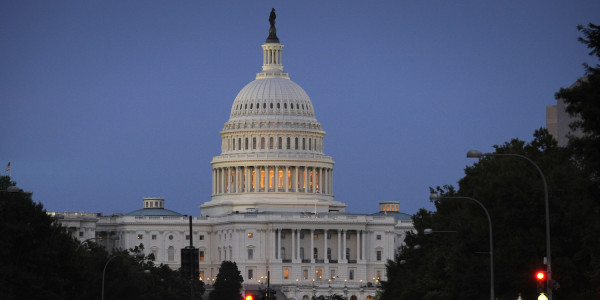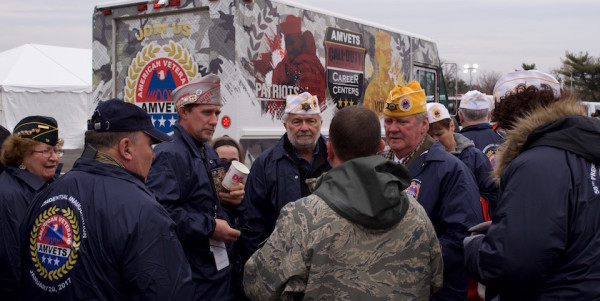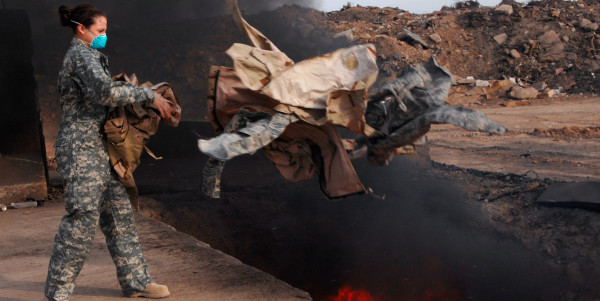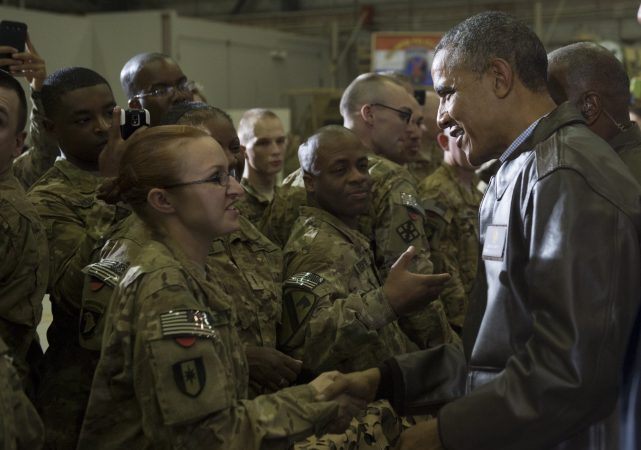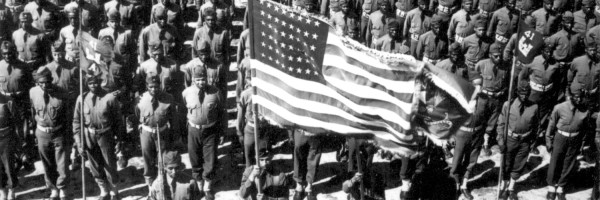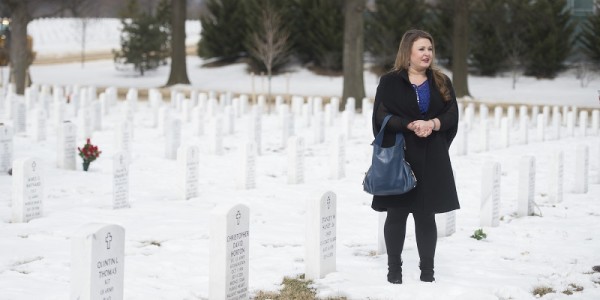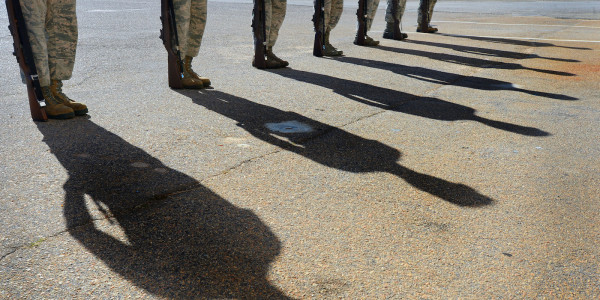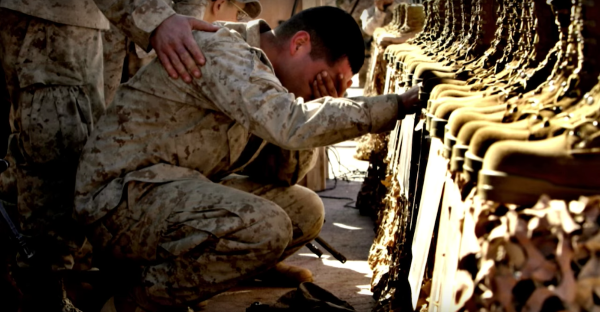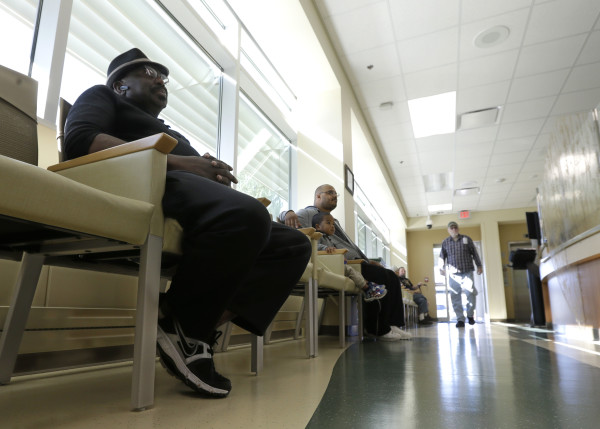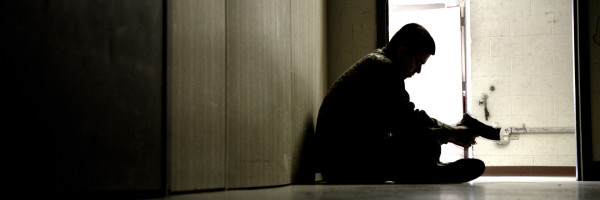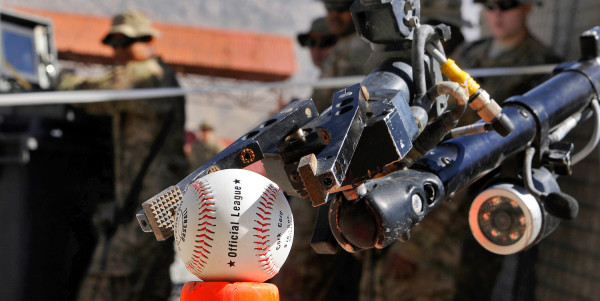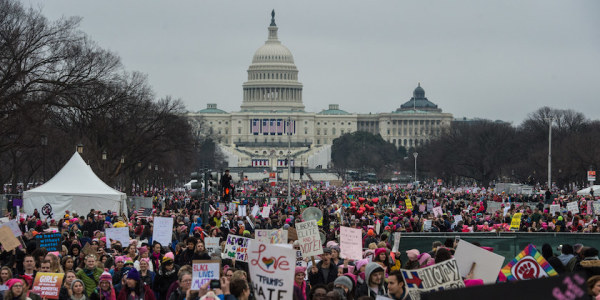“You are all a lost generation.”
That is the epigraph of Ernest Hemingway’s “The Sun Also Rises,” that he heard from Gertrude Stein and that he used to memorialize an era. This generation contained some of the most prolific American writers who together changed the face of literature, but it was their shared experiences that bound them together.
The “lost generation” were those who came of age during World War I, their early life defined by the war, and then returned home to a population trying to forget the war. Marked by feelings of skepticism, disillusionment, and a loss of faith in humanity, God and/or country, the troops carried values back from battle that were no longer relevant in a changing society. The rapid rise of consumerism was in stark contrast to the massive scale of suffering shared by these warriors.
We can draw a parallel between Hemingway’s lost generation and today’s post-9/11 veterans. World War I veterans came home to a population ready to move on from and forget about the war, while post-9/11 veterans come home today to a population that has already moved on or was never really affected by it to begin with. This disconnect leads to many of the issues with reintegration.
Hemingway’s generation found a never-before-seen disposable income for things like cars and clothes. Millennial veterans came of age during the boom of the internet and technology. Both saw a sharp increase in individualism, a sharp contrast to the “one team, one fight” communalism of military life.
Although the scope of destruction cannot be compared, with over 116,000 Americans killed in two years in World War I as opposed to just over 6,700 in 15 years in Iraq and Afghanistan, some points do make our generation’s struggles unique.
First, the huge sacrifices by the few. At the end of the First World War, Secretary of War Newton Baker said, “over 25% of the entire male population of the country between ages 18 and 31 were in military service.” When there is a segment that large of the U.S. population, roughly 111 million at the time, it is easy to find those with shared sacrifice. Compare that with today, when roughly 1% of the population serves in the military, and only 10% of those have seen combat, then a large chasm begins to appear.
Having access to those who can truly empathize with your experiences proves invaluable for transition.
Related: A Short Story Written 90 Years Ago Describes A Struggle Still Faced By Vets Today »
Second, while both generations can appreciate the controversy of going to war, post-9/11 veterans face a very different climate coming home than our Dough Boy counterparts. After the end of World War I President Warren Harding began the 1920s with his “return to normalcy” and a unified country went into the Roaring Twenties.
U.S. Army photo.

One only needs to watch five minutes of modern news to see the issue facing returning troops today. In the past decade political polarization has increased substantially. Journalist Sebastian Junger told MSNBC’s Morning Joe, “there are politicians and leaders in media who literally talk about some citizens as if they are traitors, as if their rivals want to actively hurt the country. They talk about the president that way or congress… People talk like that about the enemy and when you use that about people in your own camp you are dividing a society.”
When the president’s loyalty to the country is questioned or a whole party is accused hating groups of people it takes a toll on those who served. An organization that is representative of the country and diverse along many different lines is supposed to defend a system that seems so intent on tearing itself apart.
It is easy for a veteran today to wonder what they fought for. For the 24-hour news cycle and social media’s perpetual polarization? For the demonization of neighbors because they disagree on tax policy?
Third, access to media and technology presents a double-edged sword for post-9/11 veterans. Today’s politicians love supporting our troops and everyone is supporting veteran initiatives like VA reform and mental health support. At the same time, the average veteran sees this but then cannot get a VA appointment or gets a call from another friend saying another person from their unit committed suicide. This news cycle enables lip service without accountability, disheartening veterans with the system they defended.
For today’s “lost generation” to impact the world as much as our post-World War I ancestors, it is time to become more engaged with our society culturally and politically. Having veterans as leaders in culture can affect public perception, and having deeper political engagement, as candidates and policy makers, will change policy.
If veterans can begin to lead in American culture, whether as actors, writers, musicians, etc., this can help tell the military story in an industry where creativity can get ahead of the truth. Such leadership will give more Saving Private Ryans and fewer Hurt Lockers.
Finally, the country needs veterans in politics. Most of us think we have had enough of dealing with the government and we do not want to sell our souls or to get persecuted by the media, political parties, etc. Only 97 of the 535 members of Congress are veterans (about 18%), and roughly 3% of their staff served. Compare that with the 1980s and earlier where over 50% of congressmen were veterans.
Why does the VA not get fixed? Why do our service members get hamstrung by ridiculous rules of engagement? Why can’t politicians come to the table, develop a plan of action, and execute a mission? It is because they do not have our record of service or devotion to an idea that transcends political party, race, or whatever the new division is. They do not know how to “watch the six” of the man or woman next to them.
The original “lost generation” was characterized by heavy drinking, partying, and absence of purpose. Those same behaviors are familiar to many of today’s veterans. The good news is this disillusionment did not last. Our struggles breed triumph, and the obstacles faced by the veterans of World War I led to literary icons like Hemingway and J.R.R. Tolkien, cultural ones like Walt Disney and Humphrey Bogart, politicians such as Dwight Eisenhower and Harry Truman, and many others. These names are famous because they built on their service to do incredible things.
With names like writer Phil Klay, politicians Tulsi Gabbard, and Tom Cotton, actor Adam Driver, and the popularity of Chris Kyle and Marcus Luttrell, we, as veterans of the millennial generation, are beginning our transition from the small warrior class of the digital age to the momentum changers and world influencers in the next stage of our country.
